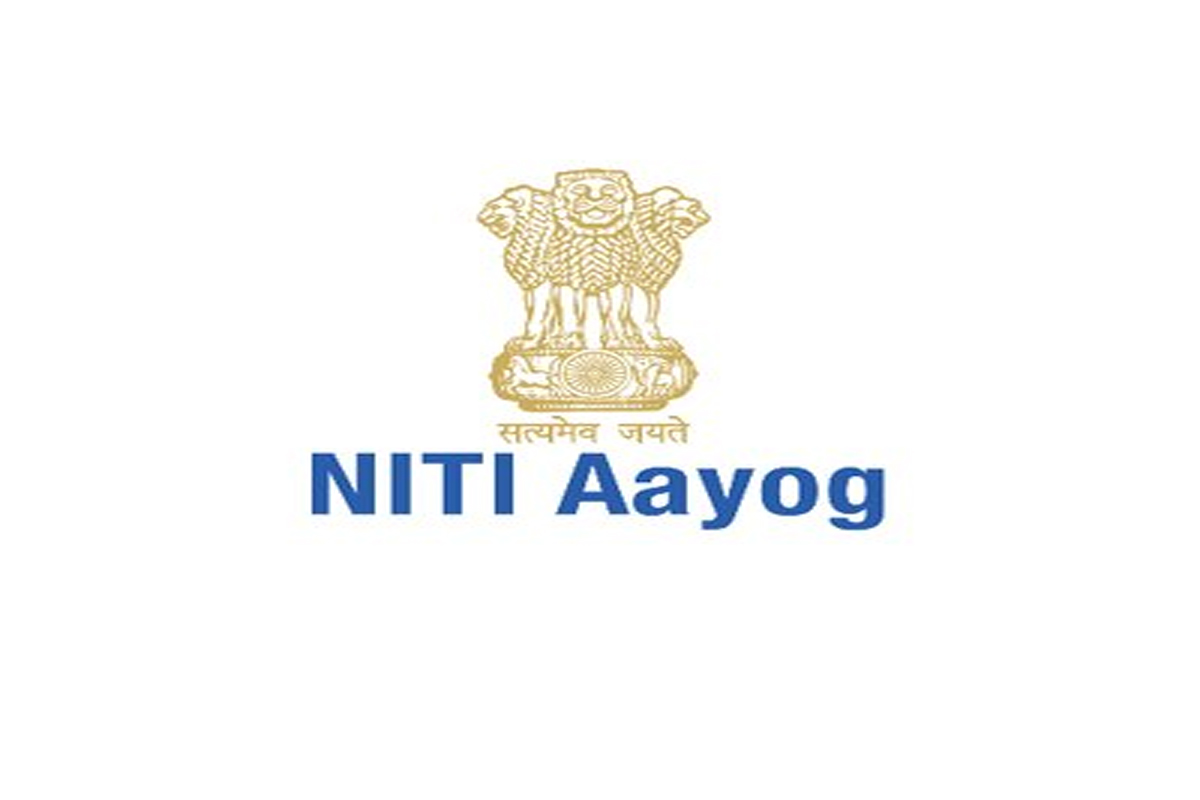India needs at least 1 mn fast chargers to adopt EVs by 2030: Amitabh Kant
The G20 sherpa and former NITI Aayog CEO, Amitabh Kant has said that India needs at least one million fast chargers to adopt electric vehicles (EVs) by 2030.
Called the State Nutrition Profiles (SNPs), the documents have been prepared by Niti Aayog, and contain a comprehensive compilation of crucial data that can positively affect policy decisions and facilitate research in the area.

Photo: Twitter (@NITIAayog)
Nineteen States and Union Territories have got their nutrition profiles which analyse data on wasting (low weight-for-height), stunting, anaemia, underweight and overweight, besides diabetes and high blood pressure.
Called the State Nutrition Profiles (SNPs), the documents have been prepared by Niti Aayog, and contain a comprehensive compilation of crucial data that can positively affect policy decisions and facilitate research in the area.
The reports highlight the best and worst performing districts, highest burden districts and top coverage districts of the country. The SNPs are based on the headcount-based analyses and use of data from the National Family Health Survey (NFHS)-5 in 2019-20.
Advertisement
The SNPs provide evidence that helps identify priority districts and the number of districts in the States with public health concern as per WHO guidelines. Each SNP has incorporated key takeaways for children, women and men and identifies areas where the state has the potential to improve further.
The SNPs have been prepared in association with the International Food Policy Research Institute (IFPRI), Indian Institute of Population Sciences (IIPS), UNICEF and the Institute of Economic Growth (IEG).
The State Nutrition Profile of West Bengal, gives data from the three National Family Health Surveys (NFHS) from 2005-06, and shows stunting among children has overall declined in the 15 years since 2005-06, but had grown slightly since 2015-16.
It was 43 per cent at the time of the 3rd NFHS in 2005-2006, fell to 33 per cent in 2015-16 in the 4th NFHS, and then rose to 34 per cent in 2019-20 in the 5th NFHS.
For children, the wasting figures for the three NFHS were 16 per cent, 20 per cent and then again 20 per cent, respectively. The severe cases of wasting for children for the same Surveys were six per cent, seven per cent and again seven per cent.
The underweight figures for children in the State were 40 per cent in 2005-06; 32 per cent in 2015-16, and then again 32 per cent in 2019-20.
The anemia percentages for children show 61, 54 and 69 for the three Surveys, showing a growth of the problem substantially.
The undernutrition data for women (15 years to 49 years age) shows the percentage of underweight women was 39, 21 and 15 for the three Surveys, respectively, showing a positive trend.
Anaemia among non-pregnant women was 63 per cent, both in 2005-06 and 2015-16, but rose to 72 in 2019-20. Anaemia among pregnant women was 63, 54 and 62, in the three Surveys, respectively, showing a marginal fall.
Advertisement